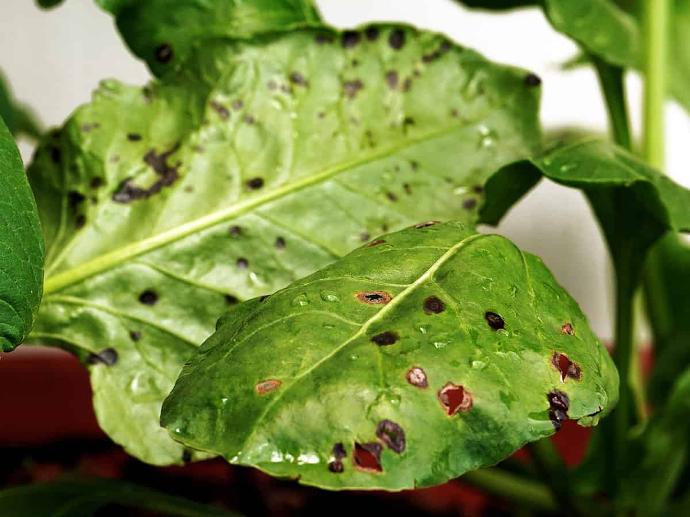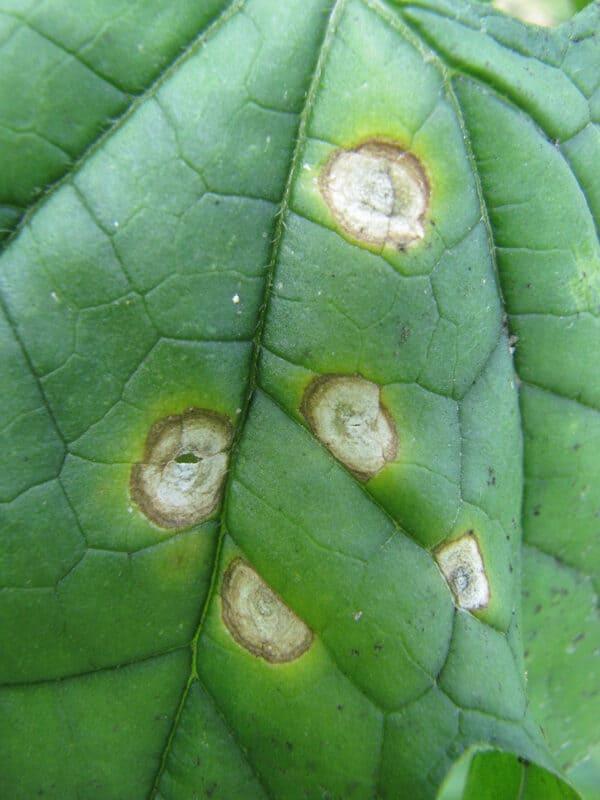Watercress
Watercress is a perennial, 6-12 inches tall, and frost-tolerant. It prefers well-drained, fertile soil in full sun to partial shade. Keep the soil moist. Watercress is both edible and has both medicinal properties.
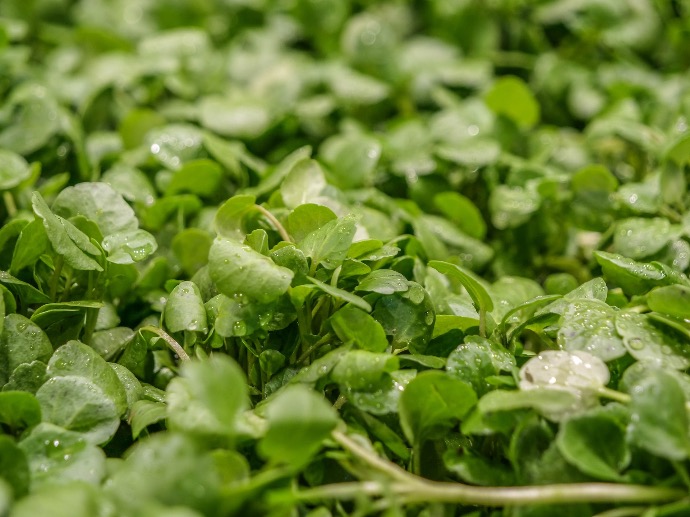
Habit
Perennial
Height
0.3 to 0.5 m
Growth
Fast
Soil
Well-drained, Sandy Loam
Shade
Full Sun to partial shade
Moisture
Moist
Edible
Yes
Medicinal
Yes
Origin
Europe, Asia
Climatic Condition
Tropical, Subtropical
Temperature (°)
15°C to 25°C
Humidity (%)
60% to 80%
Potting media
50% Loam, 40% Sand, 10% Compost
Fertilizers
Organic Fertilizer
Watering
Regular watering
Plant Weight
0.2 to 0.5 kg
Flowering Time
Spring to Summer
Soil Ph level
6.0 to 7.5
Water Ph level
6.0 to 7.0
Soil EC
0.4 to 0.6 mS/cm
Yield Per Plant
1 to 2 kg per plant
NPK ratio
10:10:10
life Span
1 to 2 years
Health Benefits
High in Nutrients, Medicinal
Suggested Grow Media or Potting Mix ?
50% loamy soil, 30% compost, 20% sand
Suggested Fertigation/Fertilizers
Fertilize every 2-3 weeks with a balanced fertilizer.
Common Diseases and Remedies
Cercospora Leaf Spot
Small, brown flecks develop with a reddish border, expanding to circular spots .
Purning , Proper Sanitation .
HEALTH BENEFITS
1. Rich in vitamins and minerals: Watercress is rich in vitamins A, C, and K, as well as minerals like calcium and iron.
2. May help support immune function: Watercress's vitamin C content may help support immune function and reduce the risk of illness.
3. May help support digestive health: Watercress's fiber content may help support digestive health and prevent constipation.
What Is An water cress Tree?
Watercress (Nasturtium officinale) is a flexible and nutritious oceanic plant having a place with the Brassicaceae family. It is local to Europe and Asia yet is presently developed around the world. Known for its peppery flavor, watercress is a famous fixing in plates of mixed greens, sandwiches, soups, and different culinary dishes.
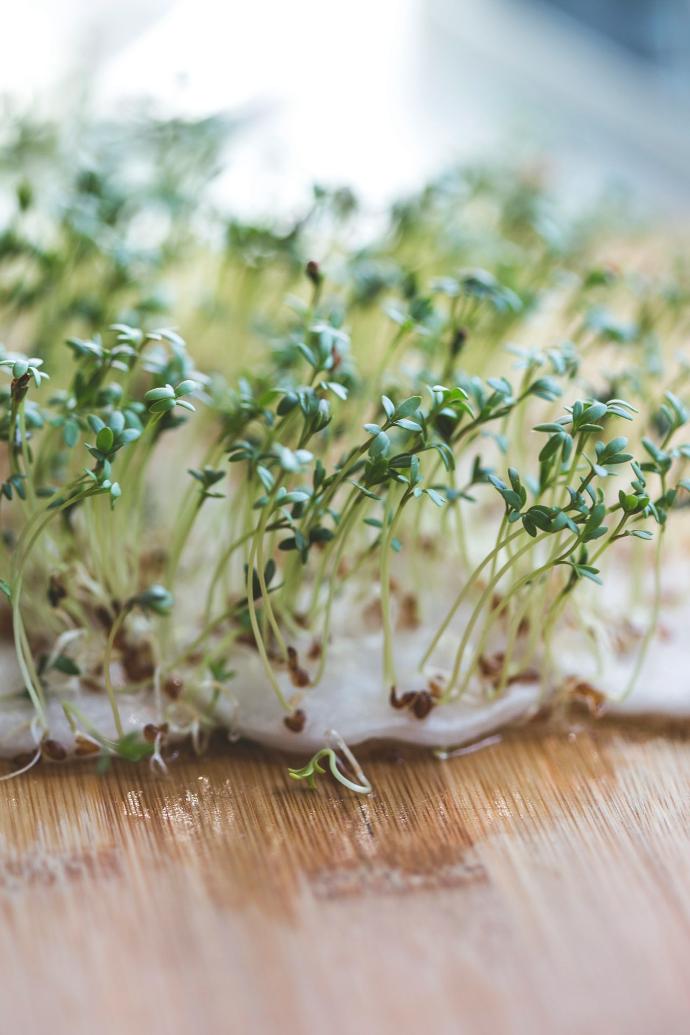
What Are The Different Types Of watercress Plants?
1. English Watercress (Nasturtium officinale)
This is the most well-known assortment, known for its peppery flavor and sensitive leaves. It is broadly developed and utilized in culinary applications all over the planet.
2. Broadleaf Watercress (Nasturtium officinale var. microphyllum)
As the name proposes, this assortment has more extensive leaves contrasted with the standard watercress. It actually holds the peppery taste yet may have a somewhat unique surface.
3. Indian Cress (Tropaeolum majus)
In spite of its name, Indian Cress isn't really a genuine watercress yet is frequently alluded to as such because of its comparative peppery taste. It is a blooming plant with consumable leaves and blossoms, generally utilized in plates of mixed greens and as a trimming.
4. Yellow Watercress (Rorippa amphibia)
This assortment is local to North America and is many times tracked down filling in wetlands and shallow water. It has more modest leaves and yellow blossoms contrasted with customary watercress yet has a peppery flavor.
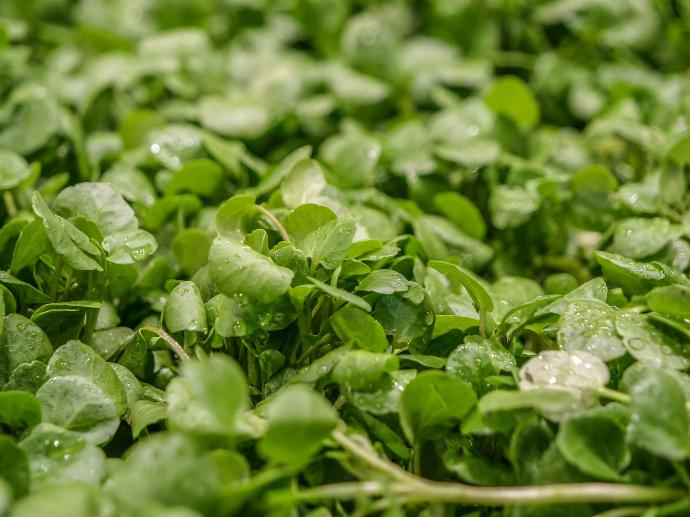
How to Care Watercress Plant ?
1. Location
Watercress plants commonly flourish in areas with explicit ecological circumstances. They favor filling in perfect, streaming water with a somewhat basic pH, like streams, springs, trenches, or shallow lakes. The water ought to be all around oxygenated and liberated from contamination or foreign substances
2. Sunshine
Watercress plants lean toward fractional shade, particularly in hotter environments. While they can endure some daylight, unnecessary openness to coordinate daylight can make the water temperature climb, possibly prompting pressure or harm to the plants. In ideal circumstances, watercress ought to get around 4 to 6 hours of circuitous daylight each day.
3. Soil
Watercress plants don't need customary soil for development, as they are basically oceanic plants that anchor their underlying foundations in the substrate of water bodies. Rather than soil, watercress fills in a substrate made out of rock, sand, or mud, which offers help for the roots while permitting water to stream openly around them.
4. Hydration
Watercress plants require predictable hydration to flourish, as they are sea-going plants that depend on water for their development and advancement. Since watercress fills in water bodies like streams, springs, or lakes, guaranteeing a sufficient and nonstop water supply is fundamental for its development.
5. Nourishment
1. *Nitrogen (N):* Nitrogen is pivotal for advancing verdant development and generally speaking plant energy. It is fundamental for the amalgamation of proteins and chlorophyll, which are important for photosynthesis and sound plant improvement.
2. *Phosphorus (P):* Phosphorus assumes a fundamental part in root improvement, blooming, and fruiting. It is engaged with energy move inside the plant and is fundamental for cycles like photosynthesis and breath.
3. *Potassium (K):* Potassium directs water take-up and conveyance inside the plant. It additionally improves plant protection from stress, infection, and ecological variances.
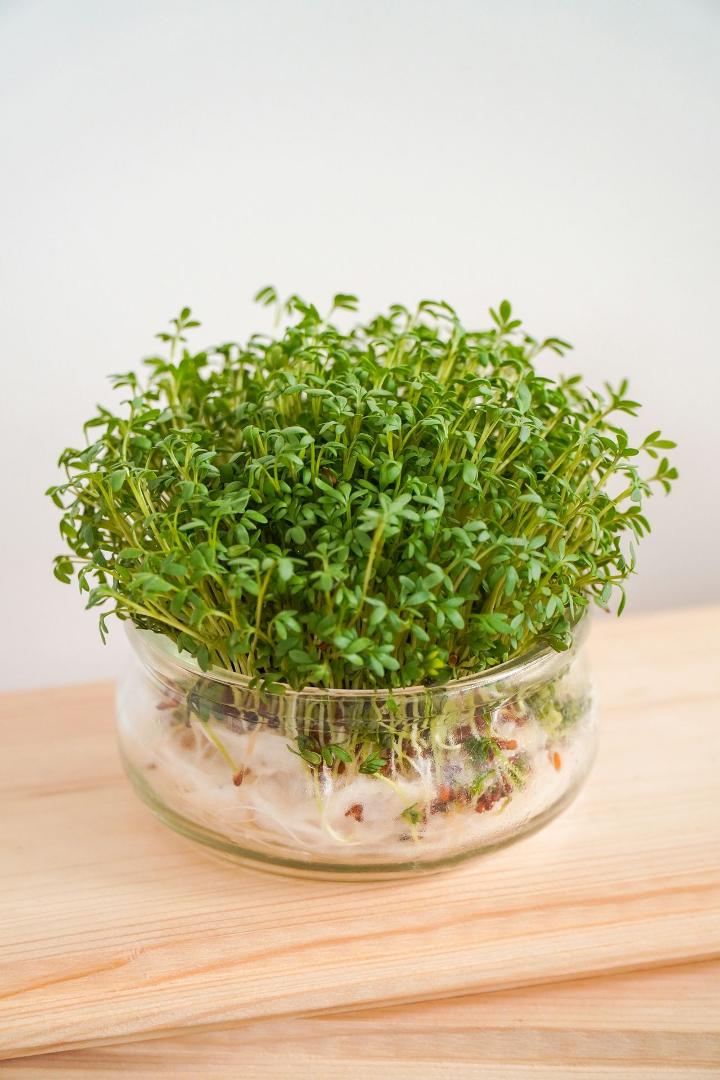
6.issues
Watercress plants, similar to some other harvest, can confront different issues that influence their development and wellbeing. Here are a few normal issues that watercress producers might experience
What are the Benefits of Watercress Plant ?
1. *Nutrient-Rich:* Watercress is packed with essential nutrients, including vitamins A, C, and K, as well as minerals like calcium, iron, and manganese. It is also low in calories and carbohydrates, making it a nutritious addition to any diet.
2. *Antioxidant Properties:* Watercress contains a variety of antioxidants, including beta-carotene, lutein, and zeaxanthin, which help protect cells from damage caused by free radicals. Antioxidants play a crucial role in reducing the risk of chronic diseases and promoting overall health.
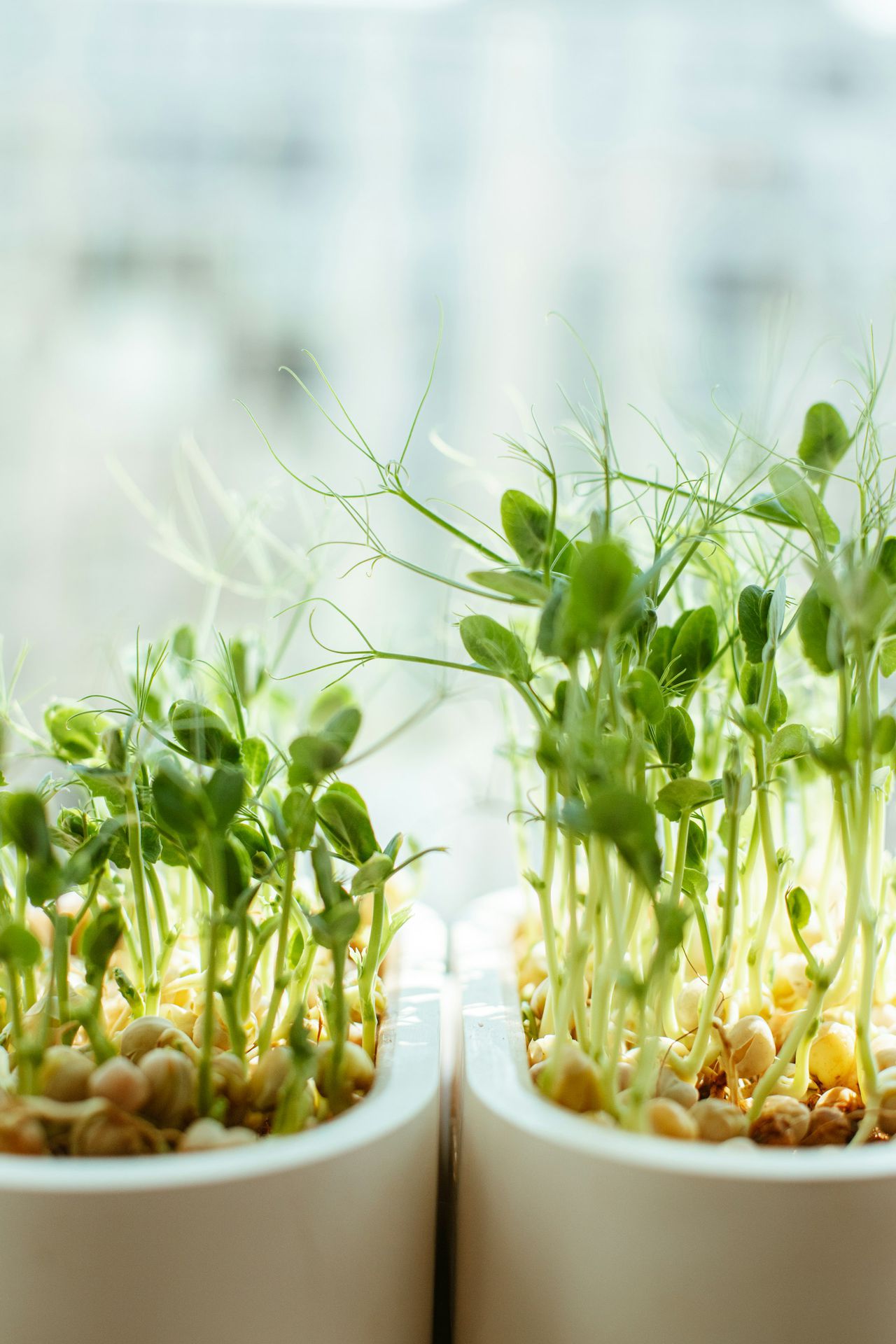
FAQ'S about growing watercress plant ?
1. how to maintain watercress plant ?
Keep the water level consistent to prevent the plants from drying out or becoming waterlogged. Regularly monitor water quality parameters such as pH, dissolved oxygen, and nutrient levels to ensure optimal growing conditions.
2. what are the uses for watercress plant ?
Watercress is widely used in culinary dishes for its peppery flavor and vibrant green color.
3. can i grow watercress plant indoor ?
Select a shallow container with drainage holes to plant your watercress. A wide and shallow container works well, as it mimics the natural habitat of watercress plants, allowing their roots to spread out in water.
4. which pot is the best for growing watercress plant ?
Watercress has shallow roots and prefers growing in shallow water, so choose a pot that is wide and shallow rather than deep. A container with a depth of 6 inches (15 centimeters) or less is ideal for watercress cultivation.
5. from where can u shop watercress plant?
Visit your local nurseries or garden centers, where you may find watercress plants available for purchase, especially during the growing season. These establishments often carry a variety of herbs and aquatic plants suitable for home gardening.
